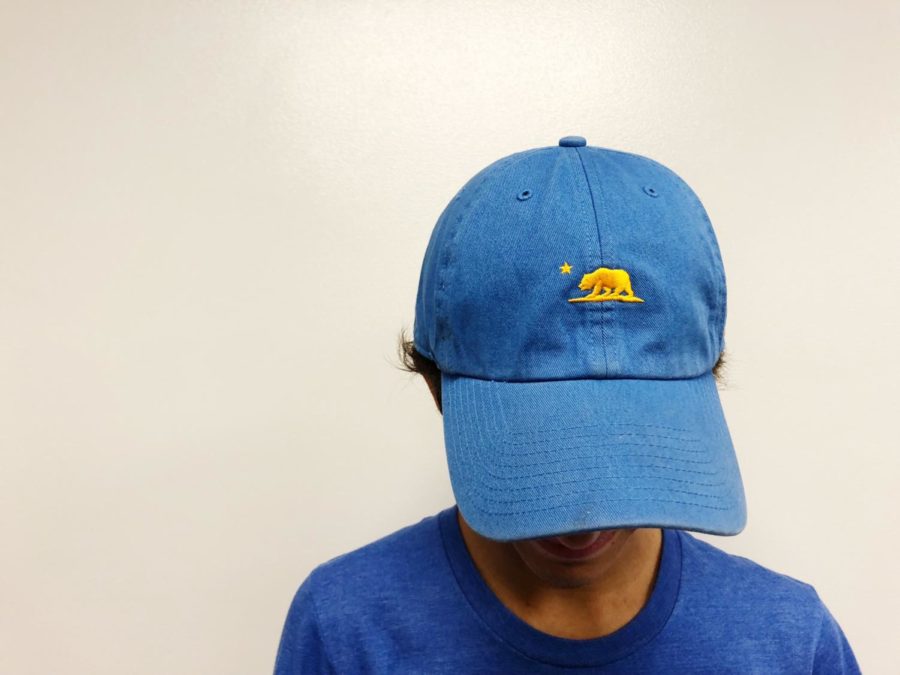No Hat For You!
A student advocates for VHHS to snapback the hat policy
Since the inception of VHHS, the school has had a no hat/cap policy. Students who wear any head covering, unless granted a religious or medical exception, are told to take their hats off by VHHS staff. While I agree that taking one’s hat off is a must in certain situations, school should not be one of them.
The hat policy was not created by VHHS, but was rather a decision made by the D128 school board to prevent possible gang influence.
“Initially, I know it’s probably something that you don’t see much right now, but there used to be gang influence in this area. There were kids who would wear gang colors, would wear hats tilted to the side based on gang affiliation, that was part of it,” Mr. Stilling, assistant principal of student services, said.
This sentiment is echoed by the D128 student handbook which says “Articles of clothing considered offensive or inappropriate will not be allowed. Examples include, but are not limited to, hats, sweatbands, bandanas, headwear, and any item of apparel or jewelry commonly associated with gangs and undesirable groups.”
The claim that hats are “offensive or inappropriate” has done little to convince the student body on the necessity of the hat ban. While two-thirds of VHHS students don’t find the hat policy a pressing concern, 78 percent of students disagree with the current no hat policy.
“Hats can be offensive or inappropriate? That’s like saying a Cubs hat is offensive,” Emma McGreevy (12) said.
Association with criminal groups has often been the primary explanation for introducing a no hat policy. However, organized crime is not prominent at VHHS. According to the National Gang Center, the most recent article about gang-related activity in Vernon Hills documents an assault on two people at the Hawthorn mall in 2006. The perpetrators weren’t even of Vernon Hills origin. Additionally, the crime rate of Vernon Hills is 47% lower than the national average. Reforming the no hat policy will not create a gang problem, because there is no gang problem at VHHS.
Hats also serve an aesthetic purpose. For most students, there will be that one day when they have a bad hair day or that one time when they get a terrible haircut. Hats can be used to cover it up, preventing small forms of bullying and preserving a student’s self-esteem. Wearing a hat could prove essential towards preserving a sense of normalcy for that student.
“If I’m having a bad hair day during the winter, I just put a hood on and usually teachers don’t care, but the second I’m in the hallway, security comes and they’re like ‘hey, hood down’ and I’m like, ‘well, time to show everyone my bad hair,’” Denis Gromov (12) said.
Instead of treating hats like distinct entities from other clothing, they should be subject to the same policies that are allotted to the rest of a students outfit. If a shirt contains inappropriate language or vulgar imagery, students must change their shirt. This same principle should apply to hats.
VHHS policy should not be to outright ban hats, but ensure that the hats worn at VHHS maintain a certain level of appropriateness.
Nevertheless, the ban on hats is not blatantly wrong. Wearing hats in school should be treated as a privilege granted by the administration to the student body. If someone abuses the new policy, then the school should have the ability to revoke their privilege to wear a hat. If a student is distracting a class with their flashy bowler hat, then the teacher should be able to make that student remove their hat.
Reforming the hat policy would make VHHS consistent with the other school in D128, Libertyville High School. At the beginning of the 2018-19 school year, LHS implemented a “pilot program” which allows students to wear hats in school.
The no hat policy has not prevented any issues of pressing concern and has only aggravated the student body. It’s time that the no hat policy be reformed.

